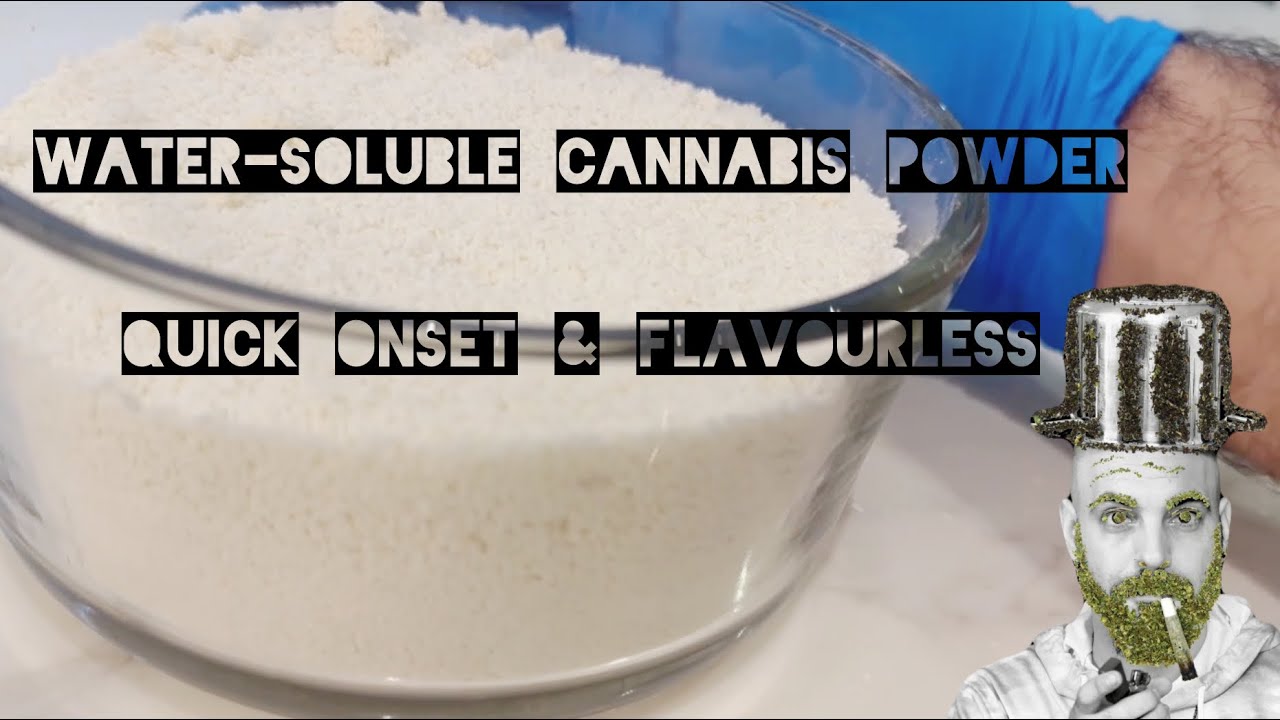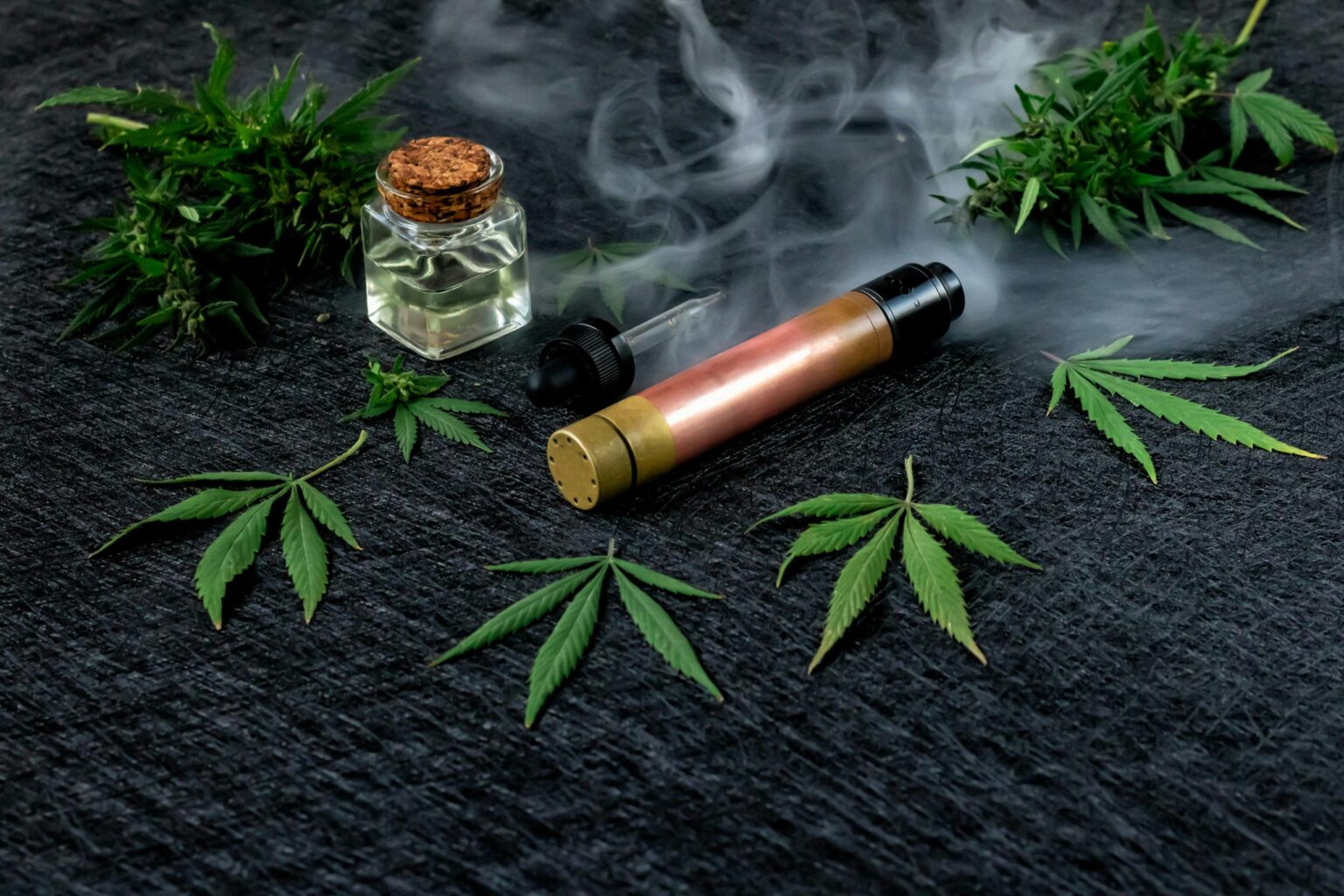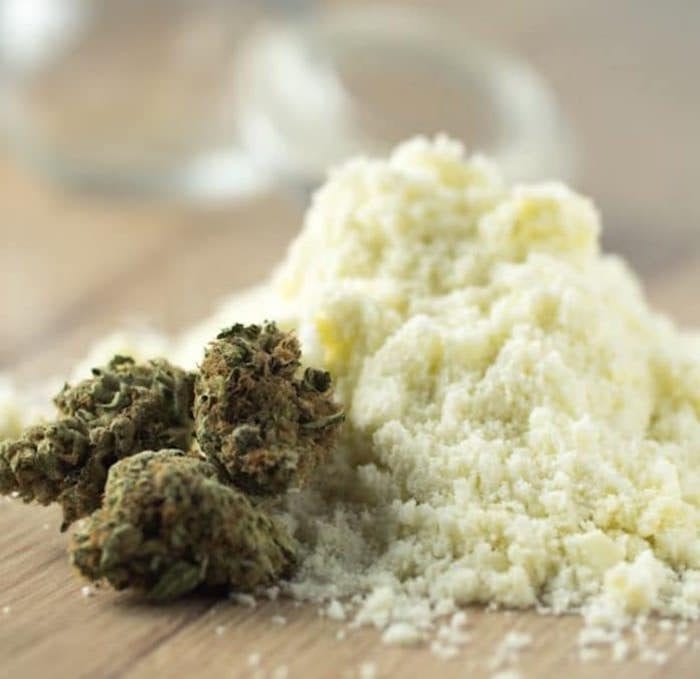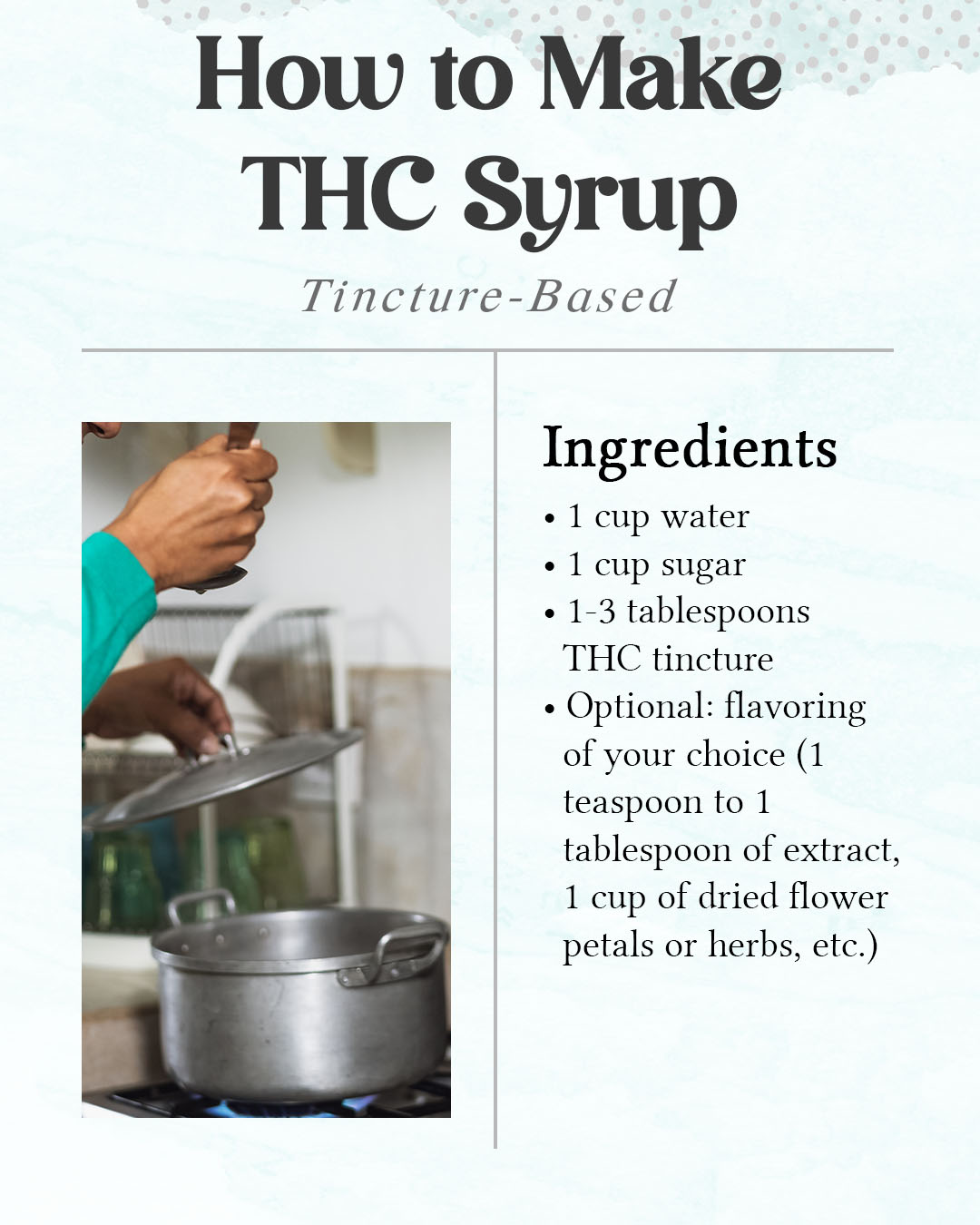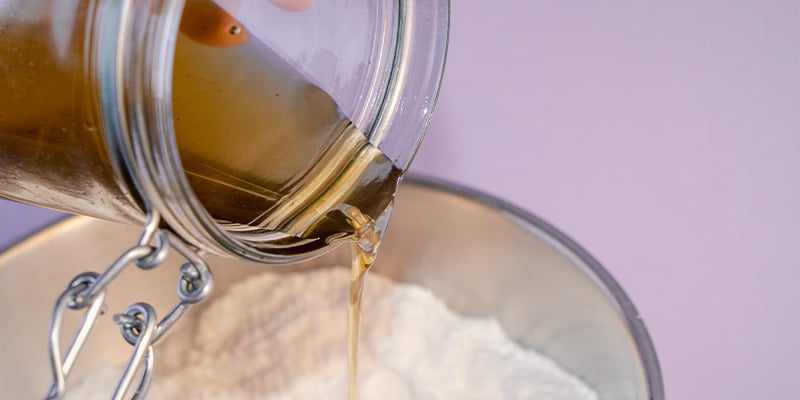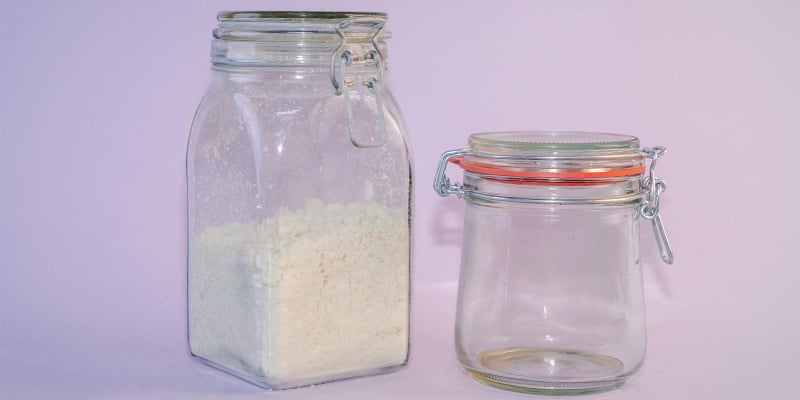How To Make Water Soluble Thc

The burgeoning cannabis industry is constantly seeking innovations, and one area attracting significant attention is the creation of water-soluble THC. This development promises to revolutionize consumption methods, offering faster absorption and more predictable effects compared to traditional edibles or smoking. However, the process is complex, potentially hazardous, and raises regulatory concerns.
This article delves into the science behind making water-soluble THC, exploring the methods, challenges, safety considerations, and the evolving legal landscape surrounding this technology. While seemingly straightforward, achieving true water solubility for THC, a naturally oil-based compound, requires sophisticated techniques and careful execution. We will examine the science and regulatory considerations involved in creating water-soluble THC, a topic of significant interest in the burgeoning cannabis industry.
The Science of Solubility
THC, or tetrahydrocannabinol, is naturally hydrophobic, meaning it doesn't mix with water. To make it water-soluble, scientists employ methods that alter its molecular structure or encapsulate it within water-compatible substances.
Two primary methods are commonly used: nanoemulsion and encapsulation. Each technique relies on distinct principles to overcome the inherent incompatibility of oil and water.
Nanoemulsion
Nanoemulsion involves breaking down THC oil into extremely small droplets (nano-sized) and suspending them in water. This is typically achieved using high-energy emulsification equipment, like ultrasonicators or high-pressure homogenizers.
These devices create tiny droplets, often stabilized by surfactants – molecules with both hydrophobic and hydrophilic parts. Surfactants help to prevent the droplets from re-coalescing, creating a stable emulsion.
The small size of the droplets and the presence of surfactants allow the THC to disperse evenly in water, creating a water-soluble solution. This method often leads to faster absorption compared to traditional edibles.
Encapsulation
Encapsulation involves trapping THC within a water-soluble shell. This shell protects the THC and allows it to disperse evenly in water.
Common encapsulating agents include cyclodextrins and liposomes. Cyclodextrins are ring-shaped sugar molecules that can trap hydrophobic molecules inside their cavity.
Liposomes are spherical vesicles made of lipid bilayers, which can encapsulate THC in their aqueous core. Both methods mask the oiliness of THC and allow for easy dispersion in water.
The Process: A Step-by-Step Overview
While specific protocols vary, the general steps for creating water-soluble THC involve preparing the THC extract, selecting the appropriate method (nanoemulsion or encapsulation), performing the transformation, and testing the final product. Each step is crucial for achieving the desired solubility and stability.
First, a purified THC extract, often in the form of distillate or isolate, is required. The chosen method dictates the next steps, with nanoemulsion involving high-energy mixing and encapsulation requiring the preparation of the encapsulating agent.
The resulting solution must then be thoroughly tested to ensure stability, homogeneity, and the absence of harmful residues. Testing typically involves analytical techniques such as chromatography and spectrometry.
Challenges and Safety Considerations
Creating water-soluble THC is not without its challenges. Maintaining stability, ensuring consistent dosage, and addressing potential toxicity are critical concerns.
The stability of the nanoemulsion or encapsulation can be affected by factors like temperature, pH, and the presence of other substances. This could lead to phase separation, where the THC oil separates from the water.
Ensuring consistent dosage is also crucial, as variations in the droplet size or encapsulation efficiency can lead to unpredictable effects. Precise measurement and careful control of the production process are essential.
Safety is paramount. Some surfactants and encapsulating agents can be toxic if not properly used or if present in excessive amounts. It's crucial to use food-grade, safe ingredients and rigorously test the final product for any harmful contaminants.
Regulatory Landscape
The regulatory landscape surrounding water-soluble THC is complex and varies significantly depending on the jurisdiction. Many regions lack specific regulations tailored to this type of product.
In areas where cannabis is legal, water-soluble THC products often fall under the same regulations as other cannabis-infused products. This means they must comply with testing, labeling, and packaging requirements.
However, the novelty of these products can create regulatory uncertainty. Some regulators may be hesitant to approve products until they have a better understanding of their safety and efficacy.
The lack of standardized testing methods for water-soluble THC also poses a challenge. Different laboratories may use different methods, leading to inconsistent results.
Future Trends
The future of water-soluble THC looks promising, with ongoing research focused on improving the stability, bioavailability, and safety of these products. Advancements in nanotechnology and materials science are expected to play a key role.
Researchers are exploring new and improved encapsulating agents that are more biocompatible and provide better protection for THC. They are also working on developing more efficient and cost-effective production methods.
As regulations become clearer and more standardized, the market for water-soluble THC is expected to grow significantly. This will likely lead to a wider variety of products and consumption methods.
The increased bioavailability offered by water-soluble formulations could also lead to lower effective doses, potentially minimizing some of the adverse effects associated with traditional cannabis consumption. More research is needed to fully understand the benefits and risks.
In conclusion, the creation of water-soluble THC represents a significant advancement in cannabis technology. While challenges remain regarding safety, regulation, and scalability, the potential benefits for consumers and the industry are substantial. Continued research and responsible development are crucial to ensure that this technology is used safely and effectively, revolutionizing how cannabis is consumed in the future.





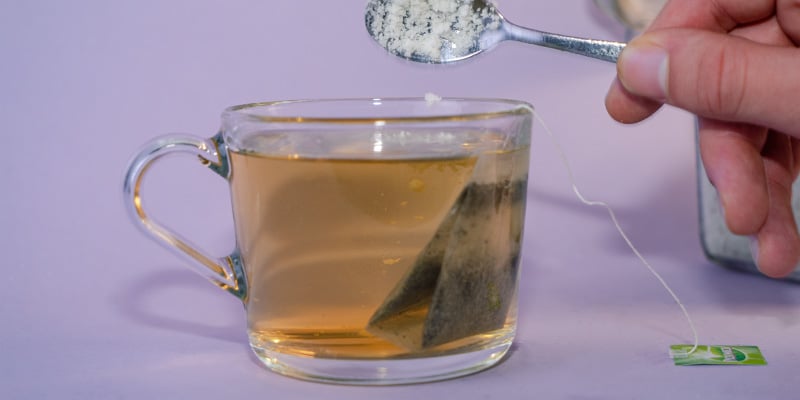
![How To Make Water Soluble Thc [INFUSED] WATER SOLUBLE POWDER THC. - YouTube](https://i.ytimg.com/vi/rbimMtB_SnE/maxresdefault.jpg)


